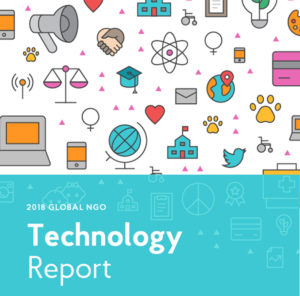Donor cultivation is a given in nonprofit fundraising, but in her book “Donor Cultivation and the Donor Lifecycle Map” Deborah Kaplan Polivy noted that even this basic element requires thought to avoid wasting resources or using them inappropriately.
Polivy emphasizes the importance of personal donor cultivation tools, and she is especially supportive of the following:
- Schedule face-to-face meetings. This is probably the most powerful donor cultivation tool available.
- Thank the donor in a personal and timely fashion. Not just the thanks, but the timing.
- Use the telephone. This can be effective after a large increase or decrease in gift size or a first gift, for a personal cultivation list, absence of a gift from a consistent donor, follow-up to volunteer involvement, phonathons.
- Involve on a committee, board or task force. Just the name “task force” suggests that it is distinguished.
- Conduct site visits. Donors like to experience firsthand how an organization operates.
- Invite to a special event such as a sporting event or a lecture. These provide a way to get to know people.
- Organize private events and special opportunities. Examples include parties, leadership or solicitation training, giving circles.
- Include in a feasibility study. Involvement keeps donors aware and prepares them for an eventual request for a contribution.
- Recognize major celebrations and events in the lives of prospects and donors. It’s best to limit these to big events.
- Ask for gifts in a strategic and timely fashion. Timing is based on the relationship that is created with the donor.











